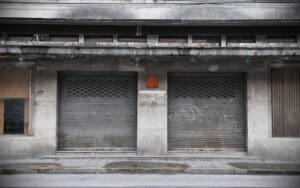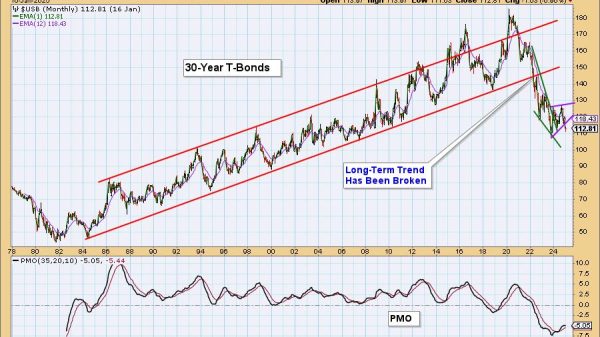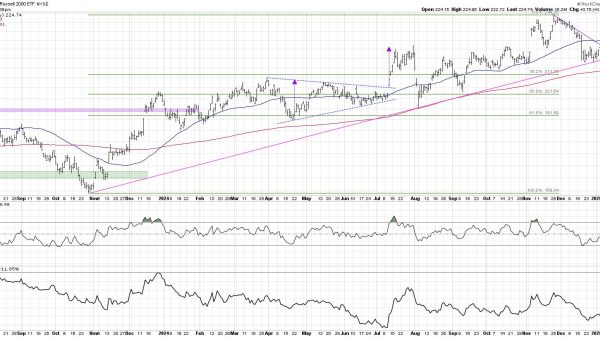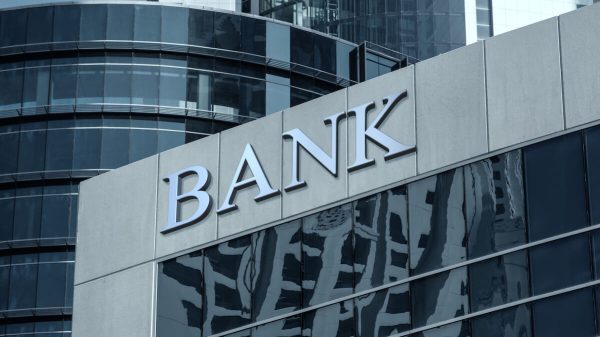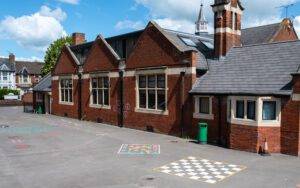The cost of fixing the school buildings crisis in England is approaching £150m and could rise much further based on figures from the construction industry, government and schools.
The price of removing aerated concrete panels, which the government warns are “liable to collapse with little or no notice”, is likely to put pressure on Downing Street to launch an urgent major rebuilding programme instead of temporary fixes.
School leaders are calling for the complete replacement of many of the affected buildings, which were constructed in the 1960s and 1970s and have other problems, including wiring malfunctions and leaks.
The education minister Nick Gibb on Tuesday described the government’s response to the Raac crisis as “world-leading”. Asked how much fixing it was going to cost, he said he did not know. “In some schools it will just be a room or a cupboard … in others it will be pervasive throughout a school,” he said.
A government survey of the state of 22,000 schools in England in 2021 revealed a growing need for repairs, with a bill for future works already at £11.4bn. More than half of that was for schools built between 1961 and 1980, the heyday for Raac (reinforced autoclaved aerated concrete).
That estimate came before ministers last week announced that any school with Raac in any condition needed to stop using affected buildings, instead of only those where the lightweight material was considered to be in a critical condition.
Lawyers have said local authorities could face huge payouts if a collapse caused serious injury. Jo Chapman, a partner at the London solicitors Bolt Burdon Kemp, said: “A child who suffers a severe brain injury leading to serious mobility and cognitive disabilities … might be entitled to a lump sum award of several million pounds.”
In 2018, a Raac roof in a staff room in Kent collapsed on a Saturday. Had it been a day earlier, it was feared someone could have been seriously hurt or killed.
Even if only a fifth of the schools so far identified as having been built with Raac were demolished and replaced, it could cost nearly £250m, construction sources indicated.
James Saunders, the headteacher of Honywood school in Coggeshall, Essex, where 22 classrooms are now out of action and pupils are facing a hybrid of home and school teaching, said his 1960s school was probably due for major works and called on the Department for Education (DfE) to “move us up the list”.
His school does not yet know how much it will have to pay for propping up existing roofs, replacing the Raac and for temporary classrooms while works are under way. A six-classroom temporary block can cost about £400,000 a year to install and rent. At least one factory has had to increase production to meet demand.
The government said last Thursday that 156 schools, further education colleges and nurseries in England used Raac. Based on this, DfE data on typical sizes of primary and secondary schools, and a rough estimate from Rapleys, a property consultant, of £1,000 per sq m to replace a Raac roof, the bill would reach £140m.
That is assuming that two-thirds of affected schools are primaries and the remainder secondaries, the ratio in Essex where 54 of the state schools – one in 10 in England – have Raac and where 21 are dealing with disruption, from delayed opening to home learning.
Costs would rise further if floors needed to be removed. There remains significant uncertainty about the breadth of the problem, with 150 schools yet to respond to a DfE survey as of Monday after questionnaires were first sent out in March 2022. Gillian Keegan, the education secretary, on Tuesday told schools to “get off their backsides”.
In addition, Rishi Sunak, the prime minister, said on Monday that the government expected 95% of the 22,000 schools in England would not be affected, implying more than 1,000 may be.
James Porter, a partner at Rapleys, said costs could rise if contractors discovered asbestos on site or needed extra wall bracing if replacement roofs were heavier than the lightweight Raac.
“If a building is nearly life-expired there is no point putting a new roof on something that is going to be replaced in 10 years, and [the DfE] should reshuffle their [building] plans,” Porter said. “This might be the straw that breaks the camel’s back and brings forward a programme of rebuilding.”
In the DfE’s 2021 survey of the schools estate, 43% of the school buildings in use today were built between 1951 and 1990. The maintenance and replacement of these older buildings accounts for more than half (58%) of the bill facing the government, with almost a quarter from blocks built in the 1960s.
By contrast, school buildings erected before the second world war account for 16% of buildings but 13% of the cost of repairs and replacement.
Read more:
Britain’s school concrete crisis could cost over £150M



